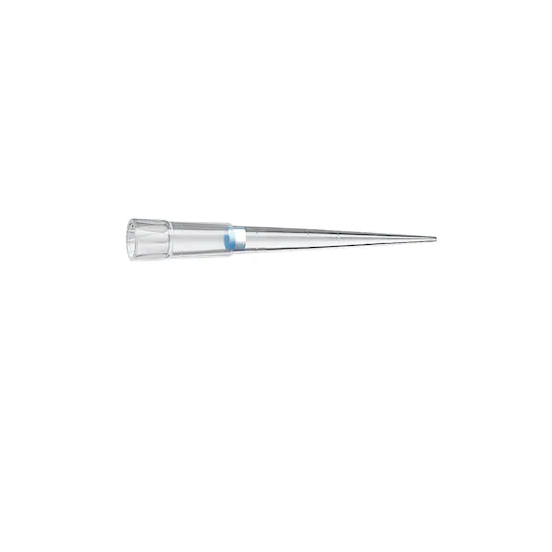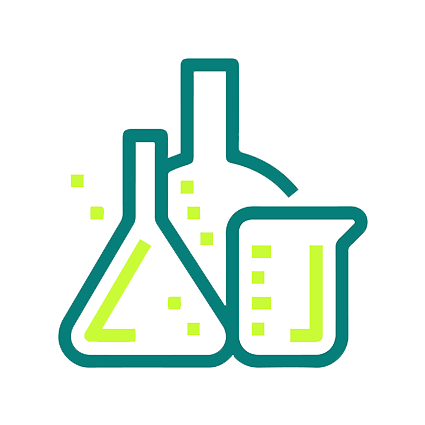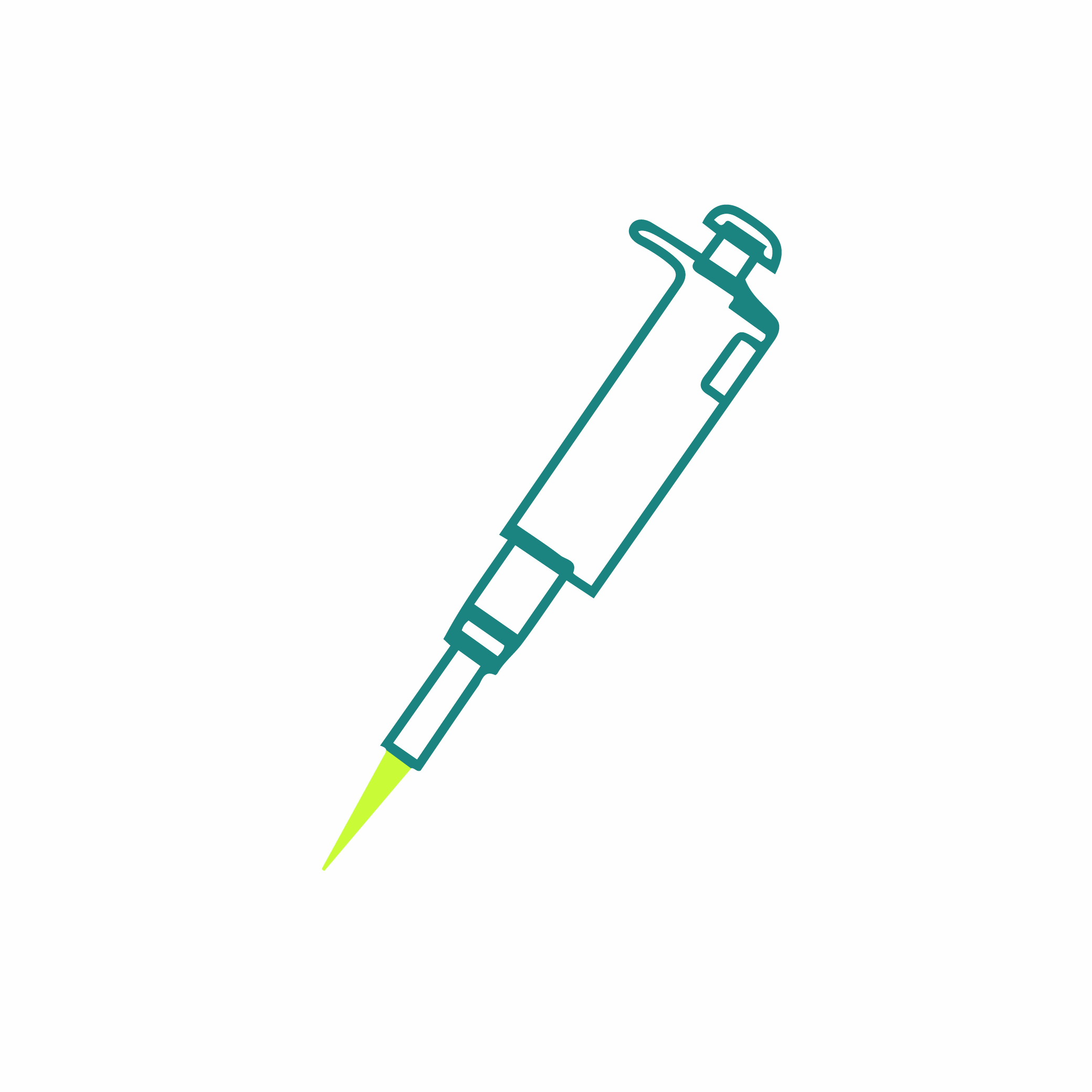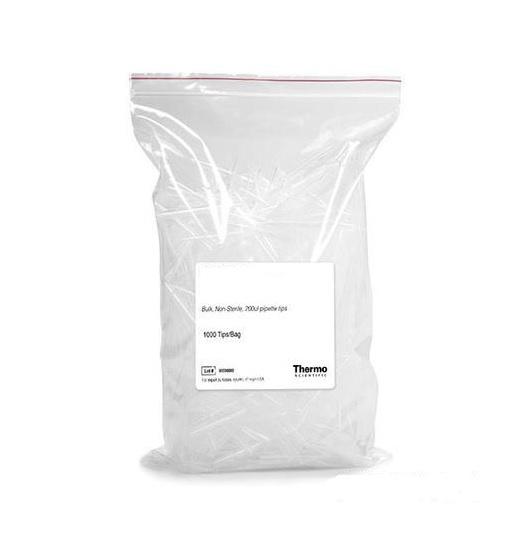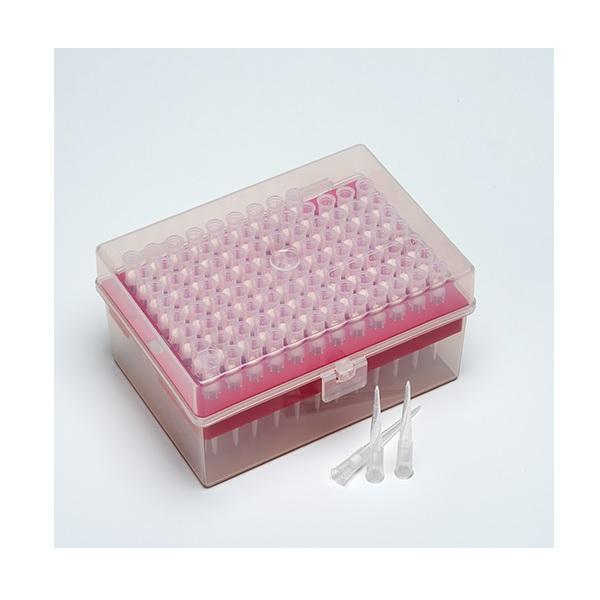ep Dualfilter T.I.P.S.®, PCR clean and sterile, 2 – 200 µL, 55 mm, yellow, colorless tips, 960 tips (10 racks × 96 tips)
In stockep Dualfilter T.I.P.S.®, PCR clean and sterile, 2 – 200 µL, 55 mm, yellow, colorless tips, 960 tips (10 racks × 96 tips)
ep Dualfilter T.I.P.S. filter tips are filter tips with a two-phase filter for contamination protection. The two filter layers made of flexible, hydrophobic material, fit perfectly in the tip cone and retain practically 100 % of all aerosols and biomolecules. This filtering effect is achieved using various, well-defined pore sizes. The layer facing the sample provides protection from drops, splashes and aerosols. The layer facing the pipette cone functions as a second barrier from contamination, and dependably binds biomolecules. A defined air passage rate ensures full sample recovery and the customary quick pipetting.
Features
- Dual protection against aerosols and biomolecules
- Dual protection for pipette and sample
- Free of PCR inhibitor additives
- Available in Eppendorf PCR clean/Sterile (sterile and pyrogen-free) and Eppendorf Forensic DNA Grade
- Tested at the Fraunhofer Institute for Toxicology and Experimental Medicine (ITEM) in Hannover, Germany
- Continuous inspection of each production lot by an independent laboratory
- Modern slim rack design with reclosable lid
- Improved sustainability through 20 % lower polypropylene consumption per rack
Performance
Scientifically Proven - No filter protects better than ep Dualfilter T.I.P.S.!
Filter tips from various manufacturers were tested in a blind trial at the Fraunhofer Institute for Toxicology and Experimental Medicine (ITEM) in Hanover, Germany. Testing focused on the prevention of pipette cone contamination by aerosols. Filter effect with regard to salt aerosols and biomolecules (DNA fragments) was examined. Quantitative determination of DNA fragments was performed using real-time PCR.
MoreThere are no report
You May Also Like
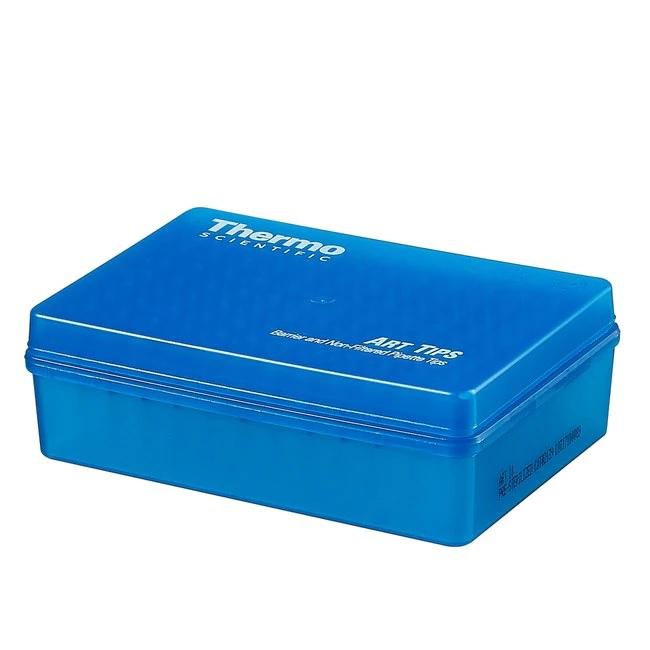
ART™ Barrier Pipette Tips in Hinged Racks, ART 20P, Filtered, Sterile, 20 μL
$ 611 $ 897
In stock
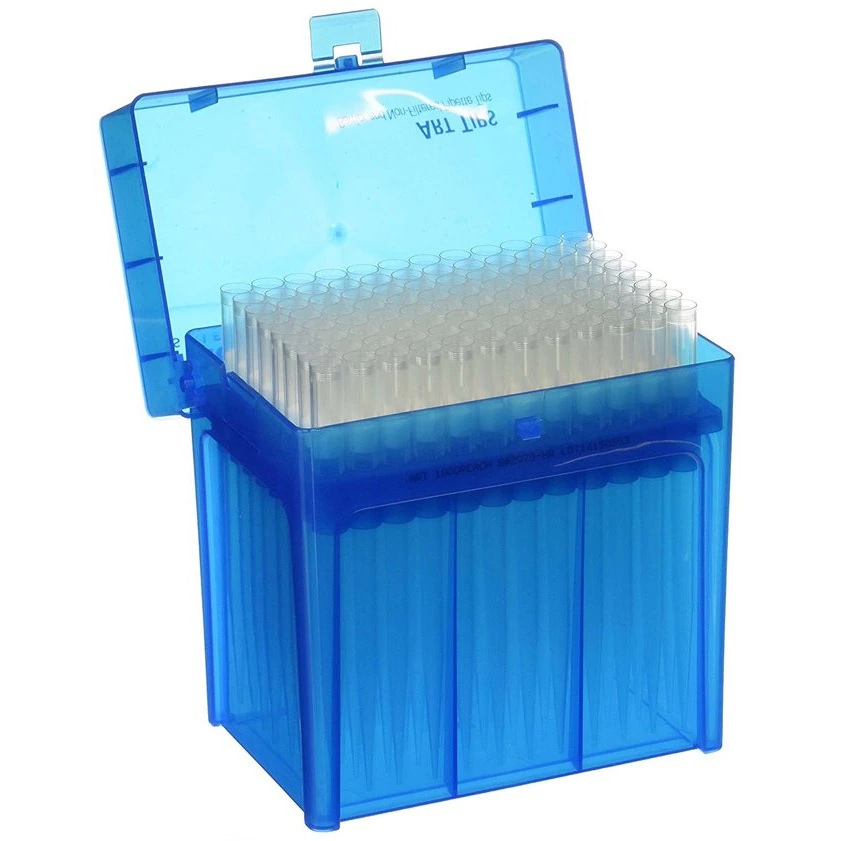
ART™ Barrier Extended Length Pipette Tips, ART Barrier, Filtered, LR, Sterile, Hinged Rack, 200 μL
$ 788 $ 1,155
In stock
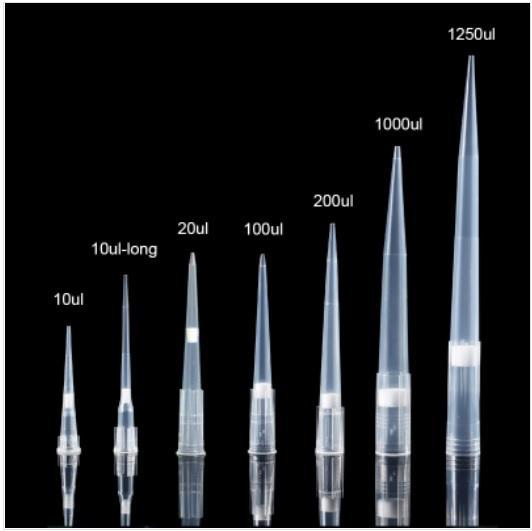
100ul Filter tips- low retention 50 Racks (96Tips/Rack, 10Racks/Pack, 5 Packs/Case)
$ 206
In stock

10ul Filter tips- low retention 50 Racks (96Tips/Rack, 10Racks/Pack, 5 Packs/Case)
$ 190
In stock
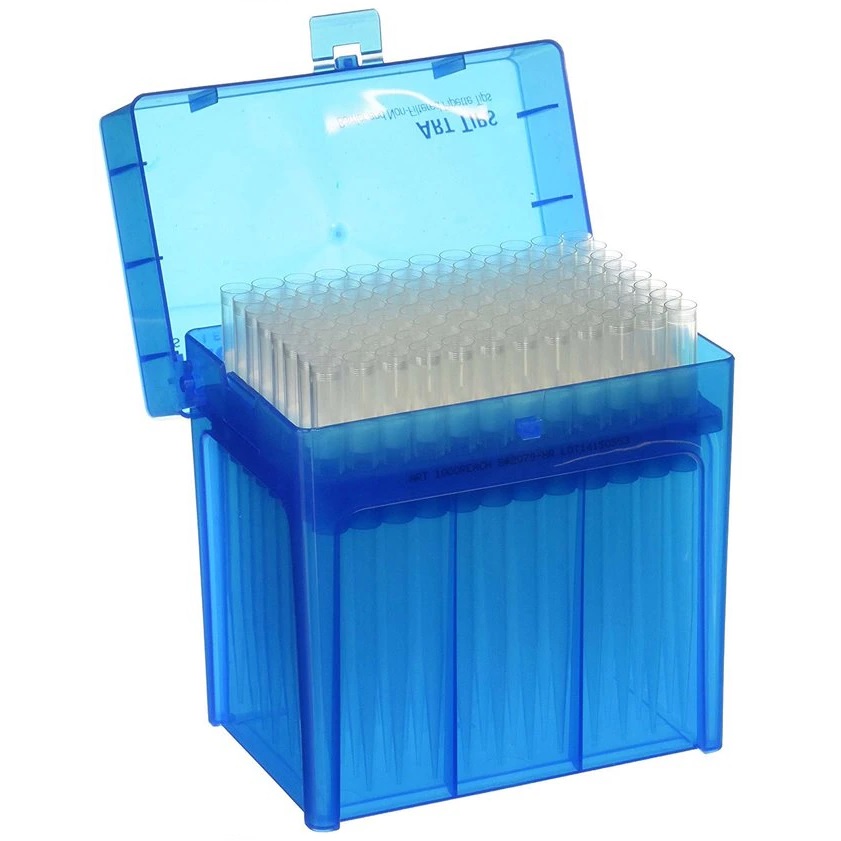
ART™ Barrier Extended Length Pipette Tips, 10 REACH, Filtered, Sterile, Hinged Rack, 10 μL
$ 660 $ 968
In stock
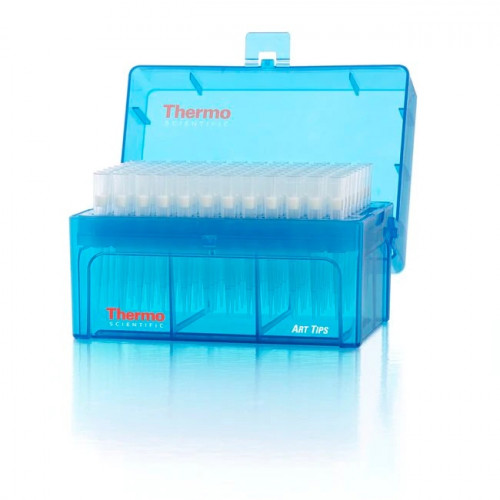
ART™ Barrier Hinged Rack Pipette Tips, ART 100E, Filtered, Sterile, 100 μL, Low Retention
$ 698 $ 1,023


